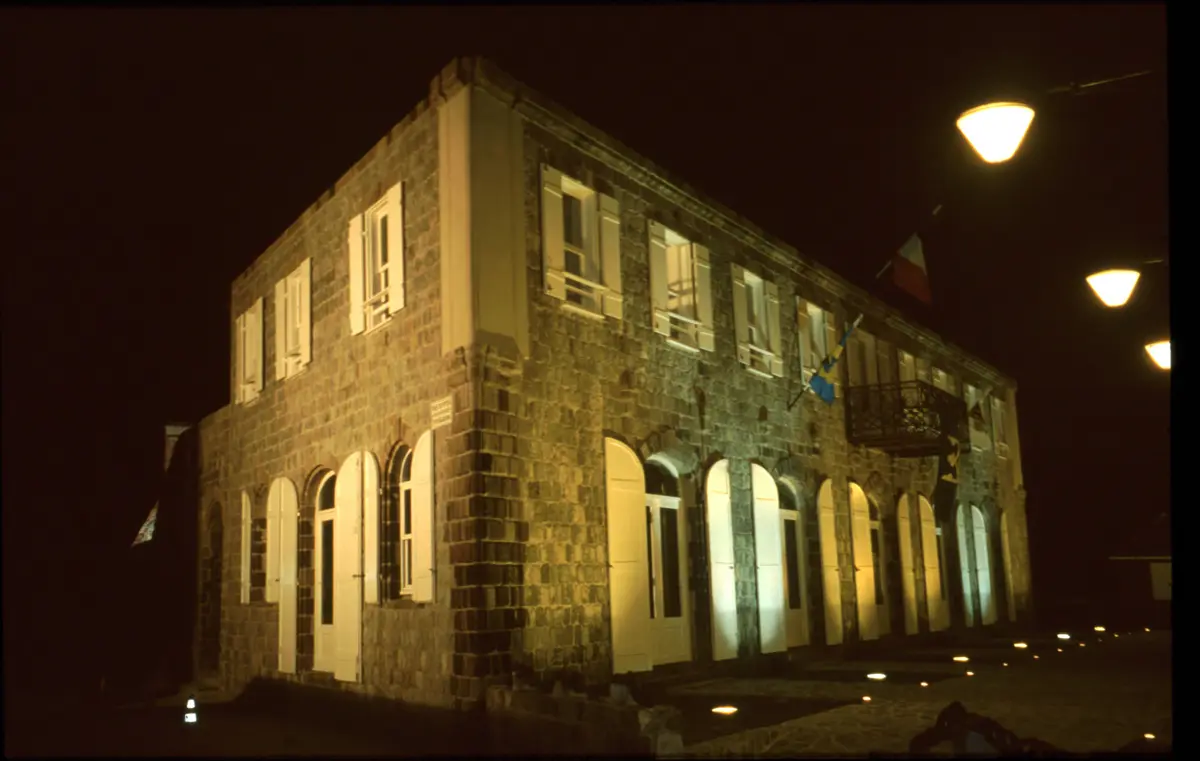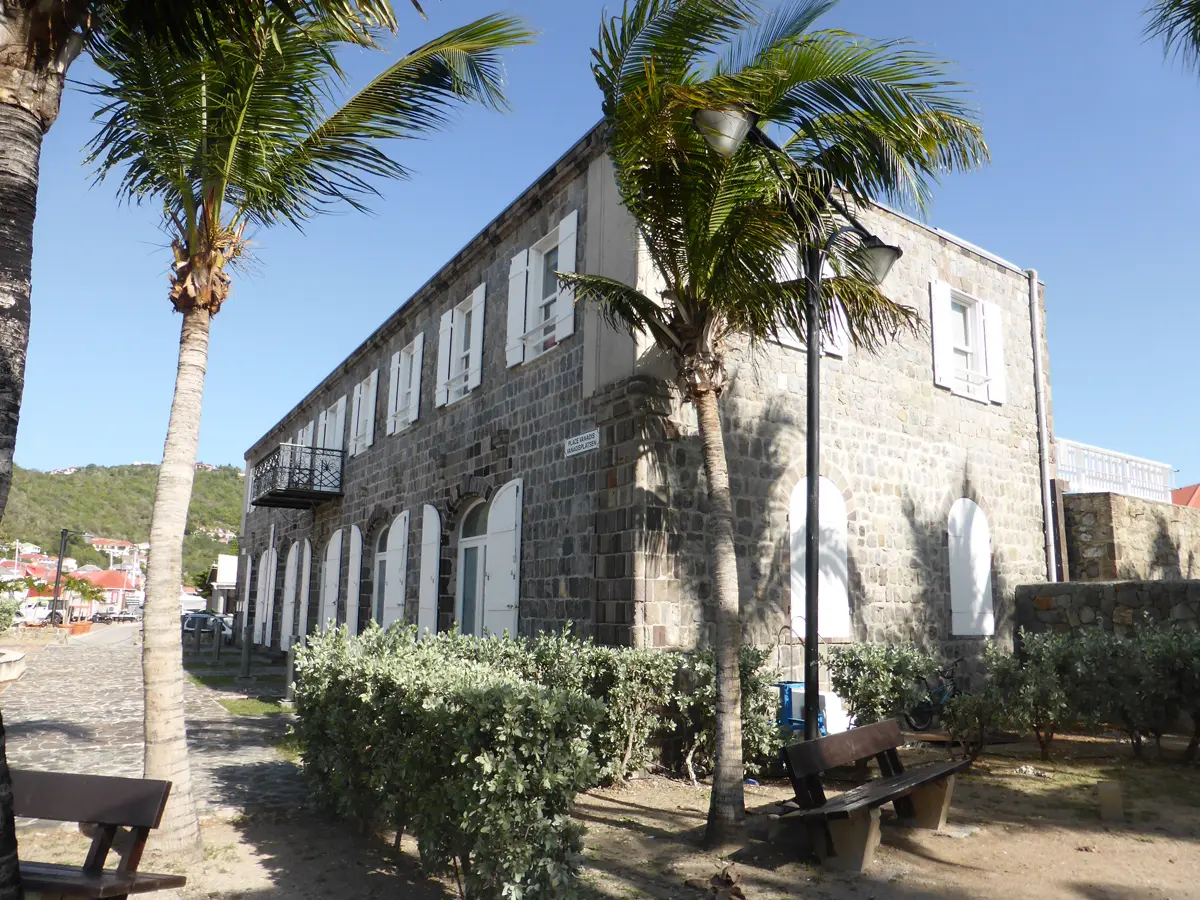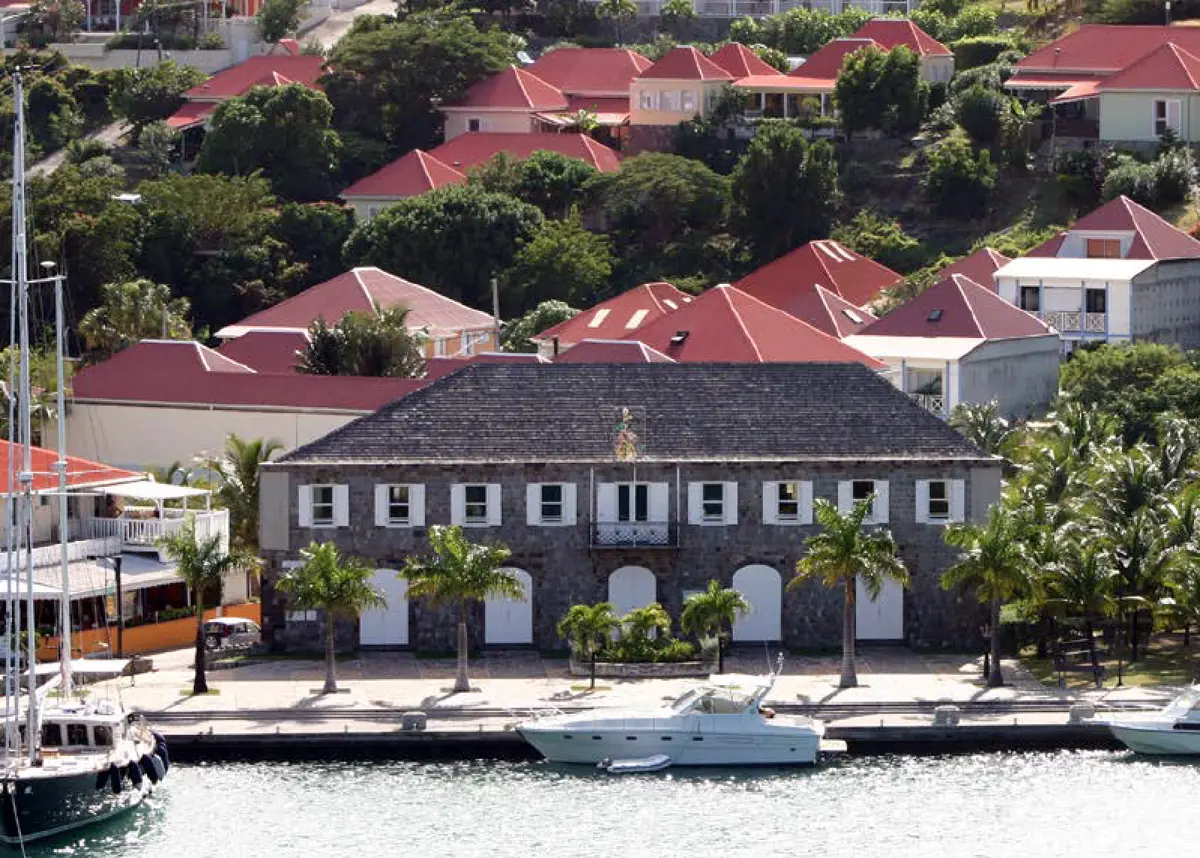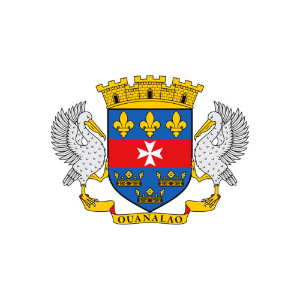The Wall House stands as one of Gustavia’s most imposing and historically significant structures, likely designed and constructed by the renowned city planner Samuel Fahlberg in the late 18th century. Its original purpose remains a subject of debate among historians, with theories ranging from a grand hotel and entertainment venue to a political gathering place or a strategically positioned warehouse at the harbor’s entrance. The building’s name is steeped in local lore, potentially deriving from Job Wall, an American who served as consul in Gustavia during its construction and later became a Swedish citizen through marriage. Alternatively, some suggest the name simply refers to the solid stone walls that stood as an overgrown ruin for over a century. The Wall House’s history is a testament to St.

Barth’s resilience and commitment to preserving its heritage. After falling into disrepair, the building experienced a renaissance in the early 1990s when Swedish entrepreneurs spearheaded efforts to restore it to its former glory. This ambitious project culminated in the spring of 1995 with the building’s reinauguration as a multifunctional space, housing a museum on the ground floor and a library above. Today, visitors can explore not only the exhibits and books but also the building’s architectural features, including the remains of the original kitchen with its impressive bread oven in the courtyard. The Wall House serves as a bridge between St.

Barth’s Swedish colonial past and its present, offering insights into the island’s rich cultural tapestry and its evolution over the centuries.

